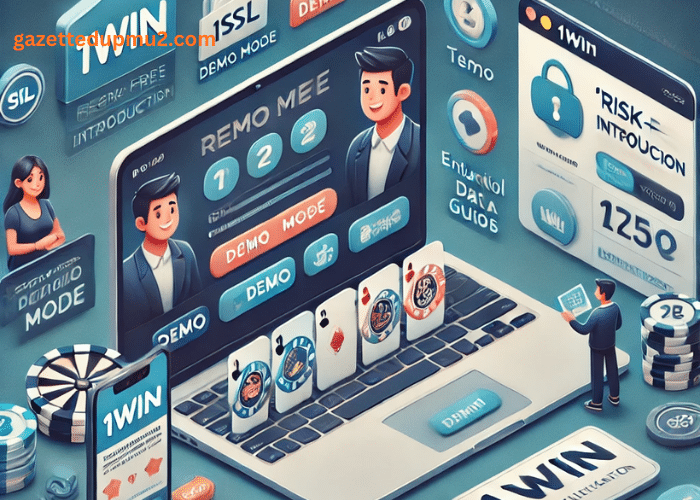In our increasingly connected world, the evolution of wireless communication networks has played a pivotal role in shaping the way we live, work, and communicate. From the early days of 2G to the lightning-fast speeds of 4G and the promises of 5G, each generation has brought about transformative changes. However, the relentless march of technology doesn’t stop at 5G. Enter 6G, the next frontier in wireless communication. In this article, we will delve into the exciting world of 6G networks, exploring their potential, expected features, and the revolutionary impacts they may have on our lives.
The Need for 6G: Pushing the Boundaries of Communication
Before we plunge into the world of 6G, it’s essential to understand the pressing need for it. 5G, which is still being deployed globally, has already revolutionized how we use the internet and communicate. With its blazing-fast speeds, low latency, and support for a massive number of devices, it has made real-time communication, autonomous vehicles, IoT (Internet of Things), and augmented reality (AR) applications a reality.
So, why do we need 6G when 5G seems so promising? The answer lies in the ever-increasing demands of technology and the limitless potential of human innovation. As we move towards a more data-centric, interconnected future, 6G aims to address several key challenges:
Faster Speeds and Lower Latency
While 5G is undoubtedly fast, 6G aims to take speed to a whole new level. It’s expected to offer terabit-per-second speeds, making it thousands of times faster than 5G. This speed will enable instant downloads of even the largest files and truly seamless real-time experiences, particularly crucial for applications like telemedicine, remote surgery, and high-fidelity virtual reality.
Low latency, another critical factor, will be further reduced in 6G networks. Latency measures the delay in data transmission and reception. In applications where split-second decisions are vital, such as autonomous vehicles and critical infrastructure management, minimal latency is a game-changer. 6G is expected to achieve latencies in the range of microseconds, virtually eliminating any perceptible delays.
Enhanced Connectivity and Coverage
One of the issues with 5G is its reliance on traditional cell towers and base stations, which have limitations in terms of coverage, especially in rural and remote areas. 6G aims to overcome this limitation by leveraging a combination of technologies, including satellites, drones, and high-altitude platforms. This approach promises to provide ubiquitous connectivity, even in the most remote regions of the world.
Energy Efficiency and Sustainability
The environmental impact of technology is a growing concern. 6G seeks to address this by significantly improving energy efficiency. By optimizing hardware and utilizing renewable energy sources, 6G networks aim to reduce their carbon footprint, making them more sustainable and eco-friendly.
Quantum Communication and Security
In the era of quantum computing, ensuring the security of data transmission becomes increasingly complex. 6G networks are expected to incorporate quantum cryptography and communication protocols to secure data against quantum threats. This quantum-level security will be vital for safeguarding sensitive information in fields like healthcare, finance, and national security.
Augmented Intelligence and Extended Reality
6G is poised to usher in an era of augmented intelligence, where AI systems are seamlessly integrated into our daily lives. From personalized AI assistants to augmented reality overlays in our field of vision, 6G will blur the line between the digital and physical worlds. This will have far-reaching implications for education, entertainment, and the way we work.
The Building Blocks of 6G
Now that we’ve established the need for 6G, let’s explore the building blocks that will make it a reality. Several groundbreaking technologies are expected to underpin 6G networks:
Terahertz (THz) Frequencies
6G will operate in the terahertz frequency range, which spans from 300 gigahertz (GHz) to 3 terahertz (THz). These extremely high frequencies will enable the transmission of massive amounts of data at incredible speeds. However, they also come with challenges, such as limited propagation distance and the need for new materials and antenna designs.
Massive MIMO (Multiple Input, Multiple Output)
Massive MIMO technology involves using a large number of antennas at both the transmitter and receiver to increase spectral efficiency and improve reliability. In 6G, this technology will be further advanced, with potentially thousands of antennas on a single device. This will enable precise beamforming, reducing interference and enhancing network performance.
Holographic Beamforming
Holographic beamforming is an innovative technique that uses arrays of antennas to create tightly focused, steerable beams of radio waves. This technology will enable 6G networks to provide highly directional and customizable connectivity. Users will experience ultra-fast speeds and low latency, even in crowded environments.
AI-Driven Networks
Artificial intelligence (AI) will be at the heart of 6G networks. AI algorithms will continuously optimize network resources, predict user behavior, and enhance security. AI-driven networks will adapt to the ever-changing demands of users and devices, providing a seamless and personalized experience.
Integrated Satellite and Terrestrial Networks
6G will integrate satellite and terrestrial networks to ensure global coverage. Low Earth Orbit (LEO) satellites, in particular, will play a crucial role in extending connectivity to remote and underserved areas. These satellites will also reduce latency, making real-time communication possible worldwide.
Quantum Communication
To ensure the highest level of security, 6G networks will incorporate quantum communication technologies. Quantum key distribution (QKD) will be used to encrypt data, making it virtually impossible to intercept or hack. This level of security will be essential for critical applications, including government communications and financial transactions.
The Impact of 6G on Various Sectors
The potential of 6G extends far beyond faster download speeds and lower latency. It has the potential to transform a wide range of industries and sectors. Let’s explore how 6G might impact some key areas:
Healthcare
Telemedicine will reach new heights with 6G. Surgeons could perform remote surgeries with virtually no delay, thanks to ultra-low latency. Wearable health devices will continuously monitor patients and transmit data to healthcare providers in real-time, allowing for early intervention and more personalized care.
Education
The education sector will benefit from immersive learning experiences enabled by augmented reality (AR) and virtual reality (VR). Students will have access to lifelike simulations, virtual field trips, and interactive lessons, regardless of their physical location.
Transportation
6G will revolutionize transportation with fully autonomous vehicles and smart traffic management systems. These vehicles will communicate with each other and with infrastructure, making roads safer and traffic more efficient. Commuting times will decrease, and transportation-related emissions will be reduced.
Entertainment
The entertainment industry will see a seismic shift with 6G. VR and AR experiences will become mainstream, offering consumers immersive entertainment like never before. Holographic concerts and interactive storytelling will be the norm.





